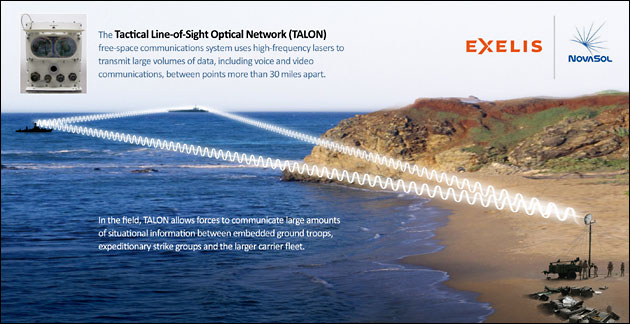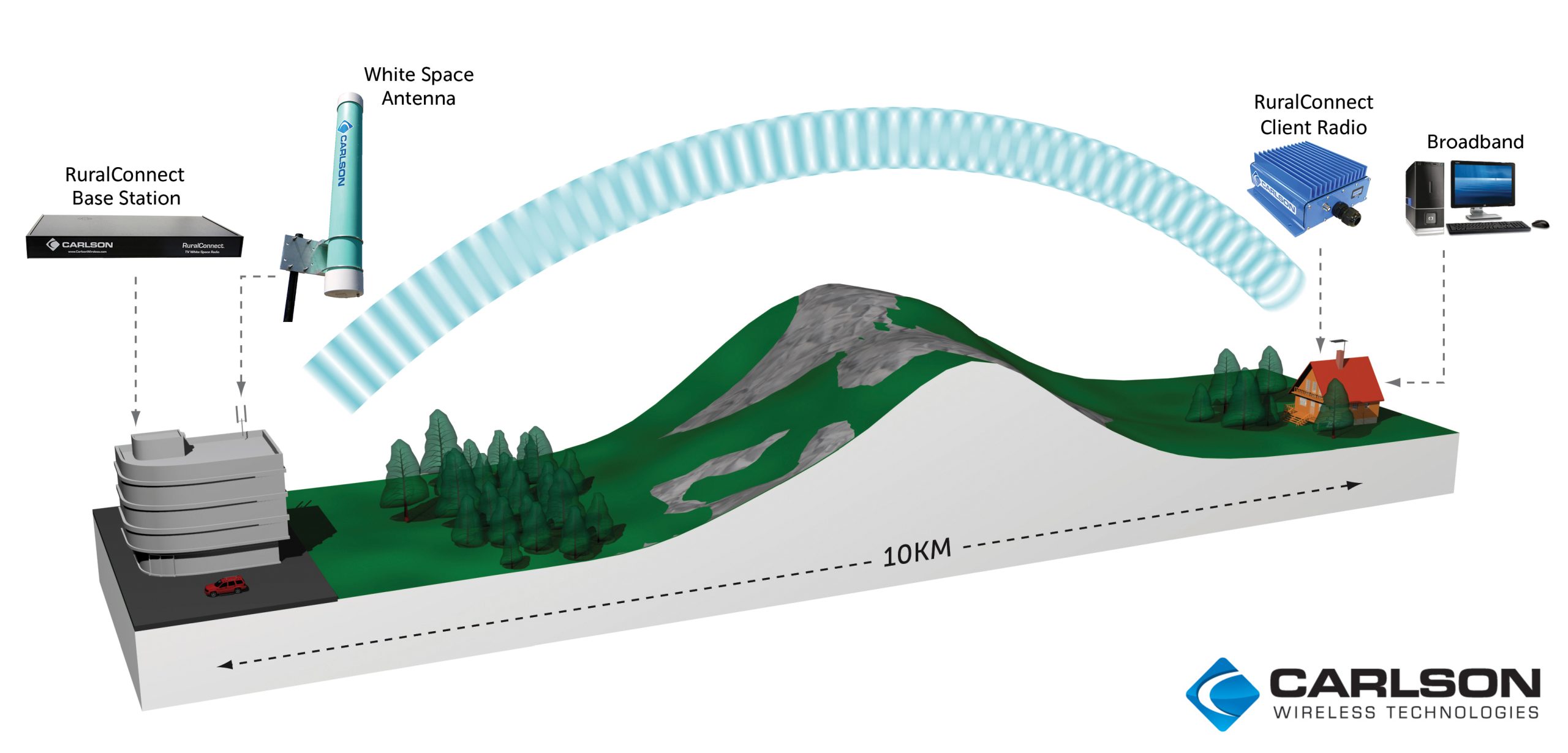Line of Sight in Communication
Line of sight in communication refers to the direct, unobstructed path between a transmitter and receiver. It is crucial for effective wireless communication as it allows for the transmission of a signal without interference or loss of signal strength.
With line of sight, communication can occur over long distances with minimal signal degradation, making it essential in various industries such as telecommunications, broadcasting, and satellite communication. Understanding line of sight helps in determining the placement of communication antennas and towers to ensure optimal signal transmission.
Additionally, it plays a significant role in the design and implementation of wireless networks, ensuring reliable and efficient communication.
Line Of Sight In Communication: An Overview
Line of sight in communication plays a crucial role in ensuring successful transmission of messages. It refers to the uninterrupted visual path between the sender and receiver, which facilitates effective communication. Understanding the importance of line of sight is essential, as it directly impacts the clarity and reliability of the communication process.
Several factors influence the line of sight, including the presence of physical obstructions such as buildings, hills, or trees. Other variables like weather conditions, distance, and the height of communication devices also play a role. By considering these factors, individuals can optimize their communication system to minimize interruptions and enhance the overall effectiveness of the message delivery.
Awareness of line of sight helps organizations and individuals make informed decisions regarding the placement and alignment of communication devices to ensure efficient and reliable communication channels.
Transmission Technologies And Line Of Sight
Transmission technologies rely on line of sight for effective communication. Wireless transmission, for instance, has both advantages and disadvantages. Radio waves also require a clear line of sight for optimal performance. Optical transmission, on the other hand, utilizes light signals and also depends on line of sight.
Optical communication plays a crucial role in various industries.
Applications Of Line Of Sight In Communication
Line of Sight plays a crucial role in various applications of communication. In cellular networks, it ensures clear reception and transmission between devices. Towers are strategically placed to maintain an uninterrupted Line of Sight. Satellite communication heavily relies on Line of Sight, with different orbits like LEO, MEO, and GEO satellites used accordingly.
Wireless internet, including Wi-Fi, also requires Line of Sight for optimal connectivity. Mesh networks, although efficient, have constraints related to Line of Sight. Overall, Line of Sight is essential for effective communication in diverse technological environments, promoting seamless connectivity and transmission.
Its applications extend beyond traditional networks, encompassing both terrestrial and satellite-based systems to facilitate modern communication needs. Ensuring Line of Sight is maintained is crucial for optimal performance and reliable communication across various platforms and technologies.

Credit: www.photonics.com
Frequently Asked Questions On Line Of Sight In Communication
What Is An Example Of Line Of Sight Communication?
Line of sight communication is a type of wireless communication that operates in direct, unobstructed visual path between the transmitting and receiving devices. An example of line of sight communication is a satellite communication system, where signals are transmitted and received through direct sight connection between the satellite and the ground station.
Another example is optical communication, which uses light signals to transmit information through transparent mediums, such as fiber optic cables. In both cases, the communication relies on a clear line of sight between the transmitting and receiving devices for effective transmission of data.
How Do You Describe Line Of Sight?
Line of sight refers to the uninterrupted visual path between an observer and an object. It is the straight line that allows one to see an object without any obstacles obstructing the view. In other words, it is the direct line between the eyes of the observer and the target of observation.
The line of sight is important in various fields, such as aviation, telecommunications, and military operations, where unobstructed visibility is crucial for accurate assessment and communication. It plays a vital role in activities such as navigation, surveillance, and target acquisition.
Maintaining clear line of sight is essential for effective communication and accurate measurements.
What Are The Line Of Sight Communication Mediums?
Line of sight communication mediums are technologies that rely on an unobstructed direct path between sender and receiver. These include optical fiber, where data is transmitted as light pulses through a thin strand of glass or plastic, ensuring high data transfer rates.
Infrared (IR) is another line of sight communication medium, commonly used for remote controls. It utilizes light signals to send data, but requires clear line of sight between the sender and receiver. Wireless communication technologies such as radio frequency (RF) and microwave also fall under this category.
RF is commonly used for Wi-Fi and cellular networks, while microwave is used for satellite communication and point-to-point links. These line of sight mediums offer fast and reliable communication, but their effectiveness can be limited by obstacles blocking the direct path between devices.
What Is Line Of Sight Vs Non Line Of Sight Communication?
Line of sight communication refers to the transmission of signals between two points that have a clear and unobstructed view of each other. This kind of communication relies on a direct path for signals to travel, such as through the air or a vacuum.
Examples include satellite communication and optical fiber links. On the other hand, non line of sight communication occurs when there are obstacles or interference between the transmitting and receiving points. These obstacles can include buildings, trees, mountains, or even atmospheric conditions.
Non line of sight communication often requires the use of technology like repeaters or relays to overcome the obstacles and maintain a reliable connection. In summary, line of sight communication requires a direct, unobstructed path between two points, while non line of sight communication involves obstacles and interference that need to be overcome for successful transmission.
Conclusion
Understanding the concept of line of sight in communication is crucial for effective and efficient transmission of information. By being aware of the factors that impact line of sight, such as obstacles and distance, we can better optimize our communication strategies.
This is particularly important in industries such as telecommunications, where maintaining clear and reliable connections is essential. By employing the right technologies and strategies, we can ensure that our messages reach their intended recipients without any interference. Whether we are using wireless communication, visual aids, or simply considering the physical environment, having a clear line of sight enables us to overcome communication barriers and foster stronger connections.
By keeping these principles in mind, we can enhance our communication skills, improve productivity, and build stronger relationships in both personal and professional contexts. So next time you communicate, remember the importance of line of sight and its impact on effective communication.





